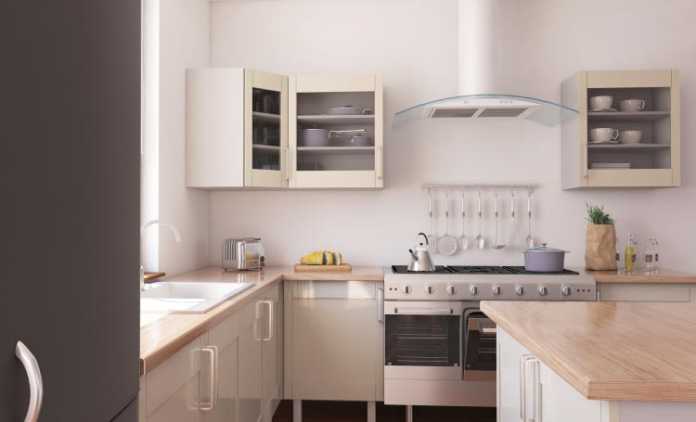In the realm of kitchen and bathroom design, splashbacks have become indispensable elements for their blend of functionality and aesthetics. They protect walls from moisture, splatters, and heat while adding a touch of elegance and style.
In recent years, two materials have risen to prominence in the splashback market: glass and acrylic. While both materials offer unique benefits, the choice between them often boils down to individual preferences, budgets, and specific requirements.
In this article, we delve into a comparative study of glass and acrylic splashbacks to help you make an informed decision.
A Brief Overview
Glass Splashbacks
Glass splashbacks are made from toughened safety glass. This means they are specially treated to withstand the rigours of a busy kitchen or bathroom. They possess a reflective quality, giving spaces a sleek and sophisticated appearance.
Acrylic Splashbacks
Also known as Perspex, acrylic splashbacks are plastic sheets that mimic the appearance of glass. They are a popular choice because of their lightweight nature and flexibility. A prominent supplier of this type, Simply Plastics, has a range of acrylic splashbacks available for various applications.
Strength and Durability
When it comes to strength, glass splashbacks have a slight edge. They are generally more resistant to heat, especially near cooktops and stovetops. Toughened safety glass can handle temperatures up to around 220°C without any risk of damage.
Acrylic splashbacks, on the other hand, are not as heat resistant. They can tolerate temperatures up to about 80°C. As such, they are not recommended for use directly behind stovetops. However, their flexibility means they are less likely to shatter on impact, making them a safer choice in settings where there’s a higher risk of physical damage.
Aesthetics and Design Flexibility
Both glass and acrylic splashbacks offer a wide variety of colours and finishes. However, acrylic has the advantage of being more easily customised. It can be cut, shaped, and drilled with relative ease compared to glass. This makes acrylic splashbacks a more versatile option for unique or complex designs.
Glass, with its innate shine and clarity, can provide a more luxurious look. Its reflective property magnifies colours and lends depth to any space. While acrylic can mimic this effect, it may not achieve the exact degree of lustre and elegance that glass can provide.
Maintenance and Cleaning
In terms of maintenance, both materials are relatively easy to clean. Because they present a smooth surface, there are no grout lines or crevices where dirt can accumulate. A simple wipe-down with a soft cloth and mild detergent will usually suffice.
However, acrylic splashbacks are more prone to scratching. Abrasive cleaning agents or scouring pads should be avoided. Glass, being harder, is more resistant to scratches but can still be damaged if not treated with care.
Cost Implications
For those on a budget, acrylic splashbacks generally offer a more economical solution. They are less expensive to produce, transport, and install due to their lightweight nature. Glass splashbacks, while more costly, are considered an investment. Their durability and timeless aesthetic can enhance property values and appeal.
Environmental Considerations
Acrylic splashbacks, being plastic-based, are derived from non-renewable resources. Though they can last a long time, they are not biodegradable. Glass splashbacks, while also not biodegradable, are made from abundant natural materials like sand. Additionally, glass can be recycled, making it a slightly more environmentally friendly option.
Conclusion
Both glass and acrylic splashbacks have their merits and drawbacks. Your choice between them should hinge on your specific needs, design preferences, and budget.
If you seek a high-end look and heat resistance and are willing to invest more, glass might be your best bet. However, if you need something lightweight, flexible, and cost-effective, acrylic from reputable suppliers like Simply Plastics might be more suitable.
As always, when making a decision, it’s wise to consult with professionals in the field to understand the best fit for your unique circumstances.



























